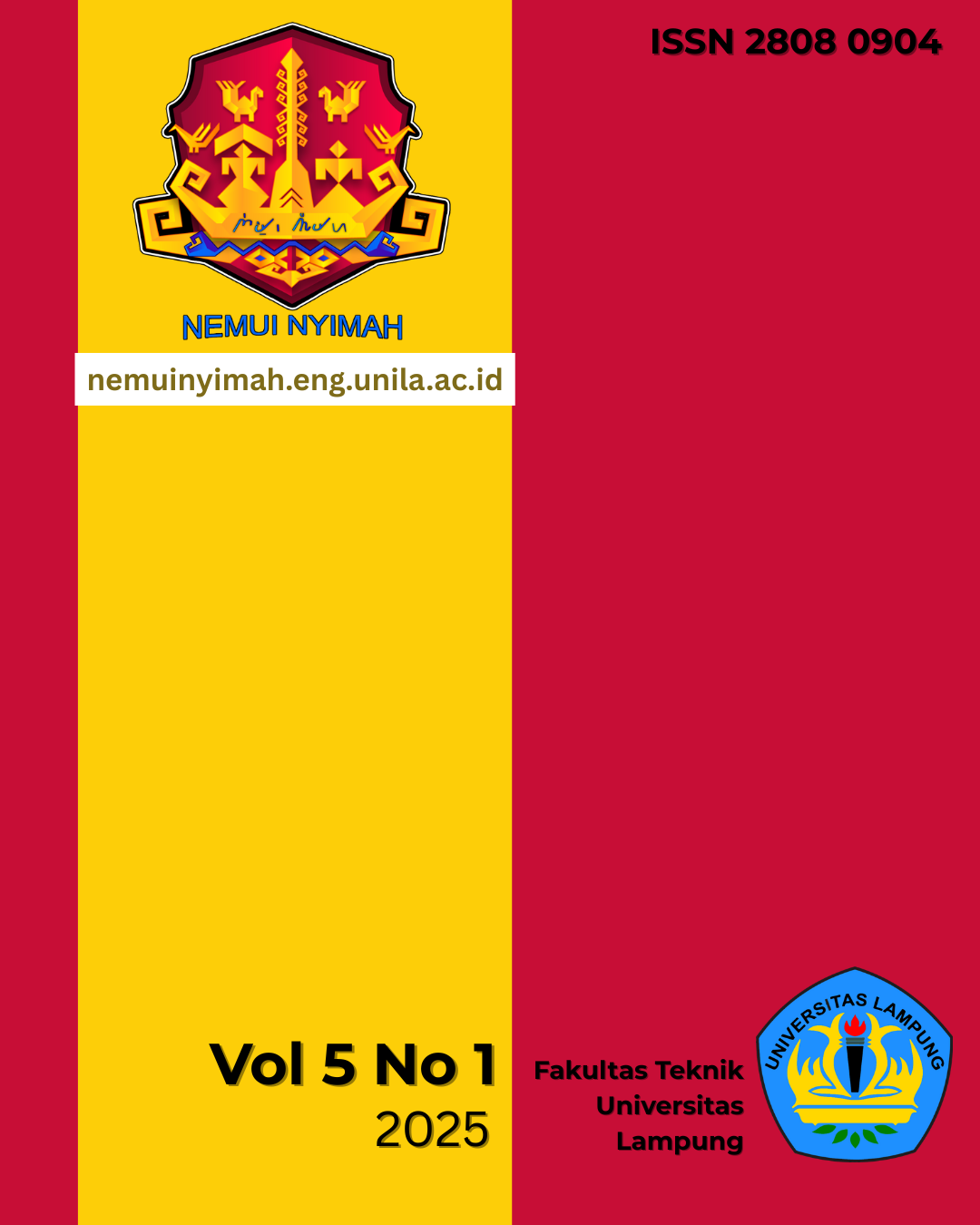Pelatihan Pemahaman Konsep Geometri Berbasis Origami Bagi Siswa SD Negeri 1 Labuhan Ratu, Bandar Lampung
DOI:
https://doi.org/10.23960/nm.v5i1.171Keywords:
Geometry, Origami, Paired TestAbstract
The Origami-Based Geometry Concept Understanding Training for Students of SDN 1 Labuhan Ratu, Bandar Lampung, aims to provide knowledge and an in-depth understanding of geometric building concepts to 20 students in grades 4 and 5 over 2 days as an effort to improve students' abilities and absorption of geometry materials in particular and mathematics more broadly. In this training, the lecture method is applied with slide presentation media, which is needed to explain the concept of geometric buildings and is varied with demonstrations of flat and spatial building models through origami paper demonstrations. Sample data were obtained from the results of the pre-test at the beginning of the training and the post-test at the end of the training. Then, from this paired data form, a hypothesis test was carried out to determine whether the two groups of data were significantly different or not. The results obtained showed an average increase of 22% after the training. This shows that students' absorption of origami-based geometry has improved.
Downloads
References
Boakes, N. (2008). Origami-mathematics lessons: Paper folding as a teaching tool. Mathitudes, 1(1), p.1-9.
Brumbaugh, D. K, Moch, P. L., & Wilkinson, M. (2005) Mathematics content for elementary teachers.Mahwah: Lawrence Erlbaum Associated.
Chen, K. (2006). Math in Motion: Origami Math for Students Who are Deaf and Hard of Hearing. Journal of Deaf Studies and Deaf Education, 11(2), p. 262 – 266.
Ciltas, & Tatar. (2011). Diagnosis Learning Difficulties Related to the Equation and Inequality that Contain Terms with Absolute Value. Jurnal Pendidikan Matematika Indonesia, p.462.
Clements, D. H., & Battista, M. T. (2001). Geometry and Proof. Retrieved from f.http://www/terc.edu/investigation/relevant/html/Geometry,htm
Cipoletti, B., & Wilson, N. (2004). Turning Origami into the Language of Mathemathics. Mathemathics Teaching in the Middle School, 10 (1), pp. 26—31.
Femi, Olivia. (2009). Kembangkan Kecerdikan Anak dengan Teknik Biosmat. Jakarta : PT Elex Media Komputindo.
Giaquinto, M. (2007). Visual Thinking in Mathemathic An epistemological study. New York: United States by Oxford University Press Inc.
Haga, Kazuo. (2008). Origamics Mathemathical Eksploration through Paper Folding. Singapore: World Scientific.
Hamzah, B. Uno. (2007). Model Pembelajaran (Menciptakan Proses Belajar Mengajar yang Kreatif dan Efektif. Jakarta: PT Bumi Aksara.
Khiat, H. (2010). A grounded theory approach: conceptions of understanding in engineering mathematics learning. The Qualitative Report, 15(6),1459-1488.
Kilpatrick, Jeremy, dkk. (2001). Adding It Up: Helping Children Learn Mathematics. Washington, DC: National Academy Press.
Lerner, R. M. (2006). Developmental Science, Developmental Systems, and Contemporary Theories of Human Development. John Wiley & Sons Inc..
Pusat Penilaian Pendidikan (2018), data diakses bulan April 2025.
Wardhani D., dkk, (2016), Origami Terhadap Kecerdasan Spasial Matematika Siswa, Jurnal Pendidikan: Teori, Penelitian Dan Pengembangan, Vol. 1 No. 5, hal 905 -909.
Downloads
Published
How to Cite
Issue
Section
License
Copyright (c) 2025 Nemui Nyimah

This work is licensed under a Creative Commons Attribution-NonCommercial 4.0 International License.



